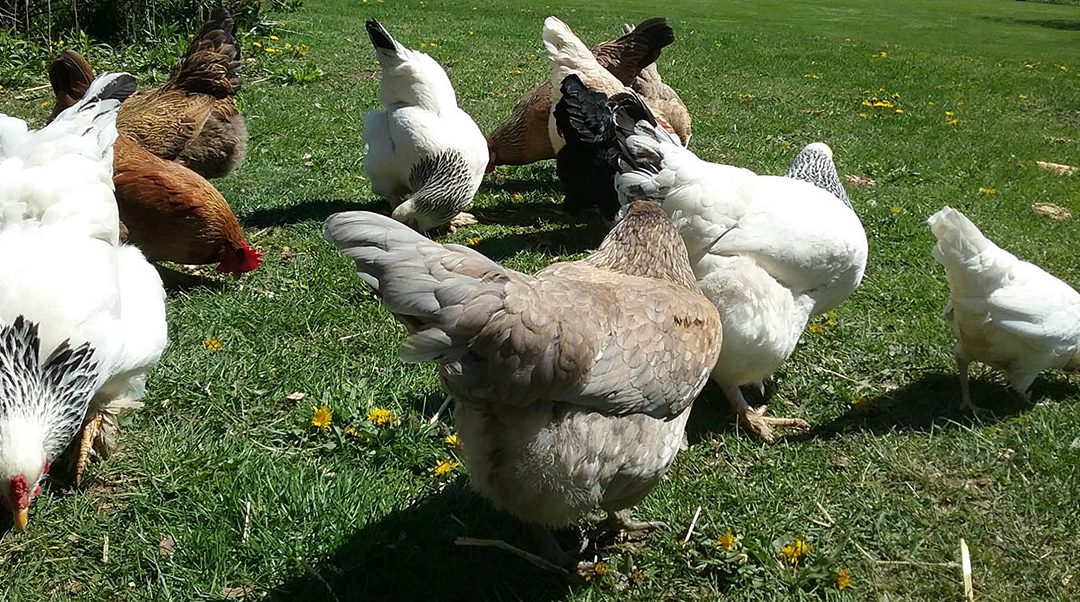Fiction. It’s that comfortable place where characters, plot and settings are all figments of the author’s imagination. That safe, manufactured place where anything goes – right?
Wrong. Every fiction writer knows the importance of telling the truth in fiction. The truth is what makes a story resonate with readers. It is that essential ingredient that makes a work of fiction believable to a reader. And most importantly, it is what builds a reader’s trust in the author and in the story itself.
Sometimes, that nugget of truth is simply the understanding of the very real complexities of human nature. No matter how fictional your character is, he needs to feel real to the reader. He has to have truthful emotions that the reader can connect with. His handling or mishandling of problems needs to strike a chord in the heart of the reader. His circumstances, surroundings, even the forces compelling him to action have to feel real.
But the need for truth in fiction doesn’t stop there. Kids learn from fiction. I learned from fiction – a lot. I learned far more history, geography, religion, even biographical information from reading fiction, than I ever learned from a text book. (Often this led me to non-fiction texts and programming.) But the point is, in the context of “story,” my interest was piqued and new knowledge “stuck.” And I trusted the authors to tell me the underlying truths embedded in their fictionalized stories.
I began writing my novel-in-verse, Tell Me Why the Jack Pine Grows, based on the telling of emotional truths; the emotional truth of being twelve. The emotional truth of embracing an awakening independence while struggling with a new world view. Of trying to sort through sometimes feeling “invisible” and misunderstood – and the loneliness that brings. Of discovering that the world isn’t always rosy; and that sometimes there is a darkness to the more-adult world. Armed with those truths, I began writing.
Yet, as my main character, Meadow, began revealing herself to me, I realized that I still had much to learn in order to make her story ring true. After all, she had “informed” me that she was a 4-H kid who was raising chickens to show at the county fair. 4-H and chickens – two things I knew absolutely nothing about. And I knew my young readers would be counting on me to get those parts of her story right, too. So the research began.
 My piano teacher and dear friend, Michelle, had often spoken of the chickens she and her family kept. Michelle and her nine-year-old daughter, Annabelle, became my “chicken experts,” schooling me in the care of chickens, their daily routines, their distinctive personalities, their diet, pecking order and layered language. They gave me a book to read (Melissa Caughey’s A Kid’s Guide to Keeping Chickens, Storey Publishing 2015), gave me a tour of the chicken coop and yard, and introduced me to their flock of hens. I held their adorable white Polish bantam, Pineapple, who would soon become the model for Meadow’s “Buttercup.” I listened to a soothing recording of after-dark chicken chatter. And I even got to take home a dozen fresh eggs, in various pastel colors, to sample.
My piano teacher and dear friend, Michelle, had often spoken of the chickens she and her family kept. Michelle and her nine-year-old daughter, Annabelle, became my “chicken experts,” schooling me in the care of chickens, their daily routines, their distinctive personalities, their diet, pecking order and layered language. They gave me a book to read (Melissa Caughey’s A Kid’s Guide to Keeping Chickens, Storey Publishing 2015), gave me a tour of the chicken coop and yard, and introduced me to their flock of hens. I held their adorable white Polish bantam, Pineapple, who would soon become the model for Meadow’s “Buttercup.” I listened to a soothing recording of after-dark chicken chatter. And I even got to take home a dozen fresh eggs, in various pastel colors, to sample.
At the County Extension office, I introduced myself to Tammi, the 4-H livestock coordinator. I no sooner explained my project than she was inviting me to sign up as a 4-H volunteer. In that capacity, I attended a workshop for kids preparing to do their 4-H Public Presentations; and later volunteered as an evaluator at two of those presentation events. And, oh, was I impressed! Those kids wowed me with their knowledge of beloved subjects, and their incredible poise.
Everything I learned was incorporated in the story I was writing. The vivid details I was able to provide because of that research enriched Meadow’s story and brought it to life on the page. It made my work of fiction – real.
Telling the truth in children’s fiction is about showing respect for young readers. It is about equipping them to face the world in the safe space of “story.” And in doing so, the fiction writer earns the reader’s trust.
